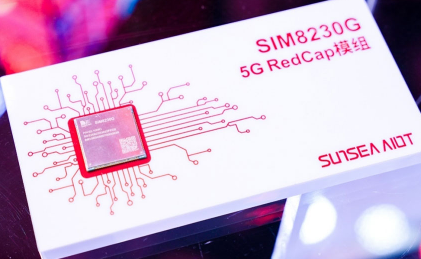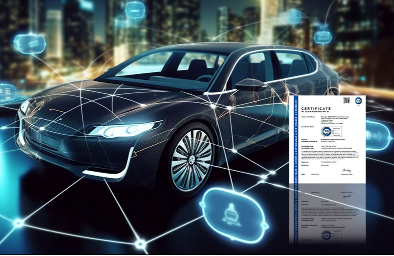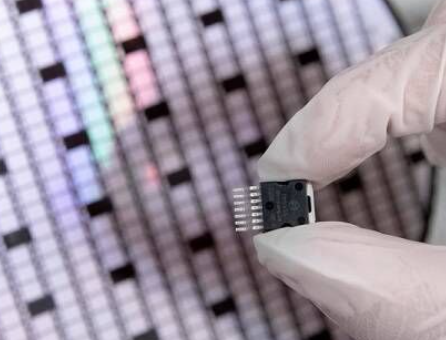DesignCon: SI, PI, EMI Have a Future Together
Santa Clara, Calif. — Our insatiable appetite for more data drives engineers to develop ever-faster links. Each speed increase brings with it a new set of engineering problems to solve. In the early 2000s, 1 Gbps was fast. Today, engineers are developing connections that will run at 112 Gbps. Some even have an eye on the next speed jump.
Each speed increase results in new issues in signal integrity (SI), power integrity (PI), and electromagnetic interference (EMI). No longer can engineers designing high-speed digital systems specialize in one discipline without some knowledge of the other two. With that in mind, five engineers presented their views on the future of SI/PI/EMI on Jan. 30, 2018, at DesignCon in a panel-based keynote address.
Moderator Steve Sandler, managing director of Picotest, took the audience through some of his power systems designs and looked at past predictions that came true — or didn't.
Eric Bogatin, the signal integrity evangelist, told the audience, "The blessing of each new technology is the killer app, but they come with unintended consequences." Looking into his "crystal ball," Bogatin sees several possible killer apps. Among them are visual interfaces such as those that will come from AI and VR, but the list goes on to include human-machine interfaces and brain-computer interfaces.
It's impossible to get through this kind of technical talk without hearing about IoT. Bogatin sees it as the fusion of technology and the internet, but it's not just engineers getting into IoT. "Don't forget about makers and enthusiasts," he said. "They're generally not engineers, but they are building things with technology. I love the maker movement."
As I later discussed with Bogatin, however, the problem with makers comes from when things don't work, for many lack the tools — both educational and test equipment — to troubleshoot their systems. That puts additional pressure on the engineers developing hardware for makers to get the SI, PI, and EMI right. Unfortunately, getting that much right can still lead to problems at the system level.
Oracle's Istvan Novak took a more DesignCon approach in his talk. He started by looking back at predictions that he made in 2007, when he thought that we wouldn’t need bypass capacitors by now. At DesignCon 1995, he predicted that by today, computers would look like "steamy, hairy, golf balls," small, hot, and full of wires from parallel buses. "The only one I got right was that computers and their chips run hot," he admitted.
As for the future of power integrity, Novak sees DC/DC converters being mounted directly on IC packages. This minimizes impedance and minimizes losses in power delivery. Such development might actually lead to the elimination of bypass capacitors.
Neves focused on today's signal-integrity issues, claiming that signal integrity needs to be simplified for engineers to solve SI problems. A 50-Ω system can't deviate by more than 2 Ω and still be viable. Many engineers don't understand that. "Engineers need to learn electromagnetics and how to make measurements," he claimed. "Instead of leaving work early on Friday afternoons, stay and teach yourself how to make measurements. That's how I learned to use a vector-network analyzer (VNA)."
"What do engineers need to do now?" asked Sandler of the other panelists.
Bogatin: Understand SI, PI, and EMI, but how do you get experience? Attend conferences and attend technical sessions; watch and attend seminars.
Novak: Education is key. You need knowledge in several disciplines. Companies must do a better job with integration of systems and solve SI, PI, and EMI problems.
Wyatt: After a career in EMI, I'm learning about power integrity. Designers need to understand grounding and shielding. Learn about electromagnetic fields and the move on PCBs. Designers need this kind of training.
Neves: It's all about commitment. Buy books, attend seminars, read papers, and commit to taking the time to learn.
As Prof. Woodie Flowers said, "You must continue to learn throughout your life, so keep it up. Learn to learn."
在线留言询价
- 一周热料
- 紧缺物料秒杀
| 型号 | 品牌 | 询价 |
|---|---|---|
| CDZVT2R20B | ROHM Semiconductor | |
| TL431ACLPR | Texas Instruments | |
| RB751G-40T2R | ROHM Semiconductor | |
| BD71847AMWV-E2 | ROHM Semiconductor | |
| MC33074DR2G | onsemi |
| 型号 | 品牌 | 抢购 |
|---|---|---|
| IPZ40N04S5L4R8ATMA1 | Infineon Technologies | |
| ESR03EZPJ151 | ROHM Semiconductor | |
| TPS63050YFFR | Texas Instruments | |
| BP3621 | ROHM Semiconductor | |
| BU33JA2MNVX-CTL | ROHM Semiconductor | |
| STM32F429IGT6 | STMicroelectronics |
AMEYA360公众号二维码
识别二维码,即可关注




























